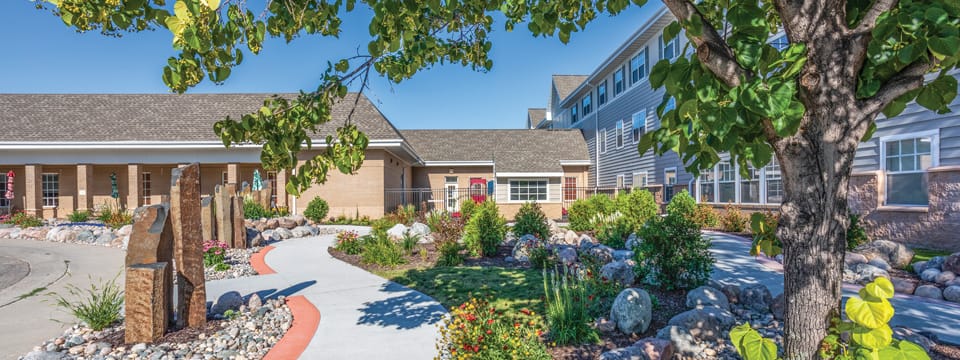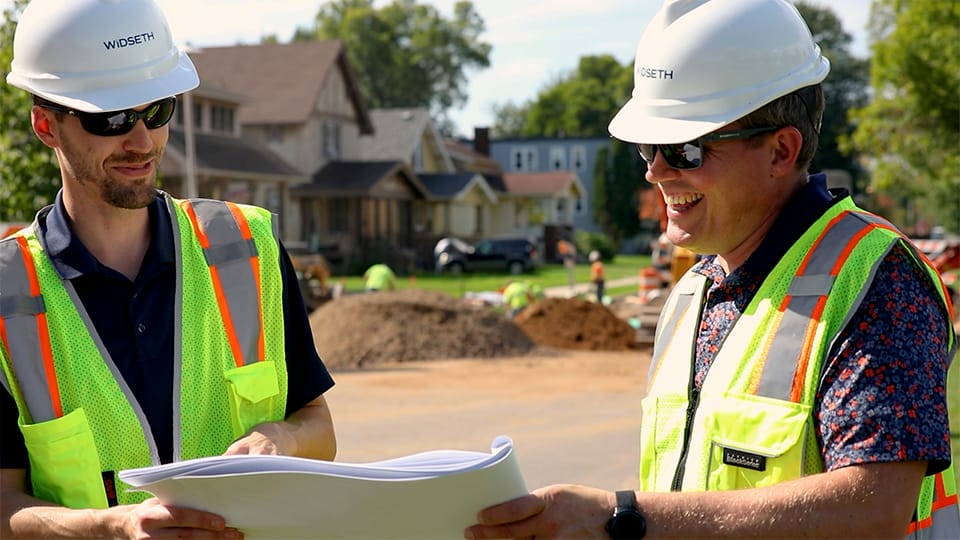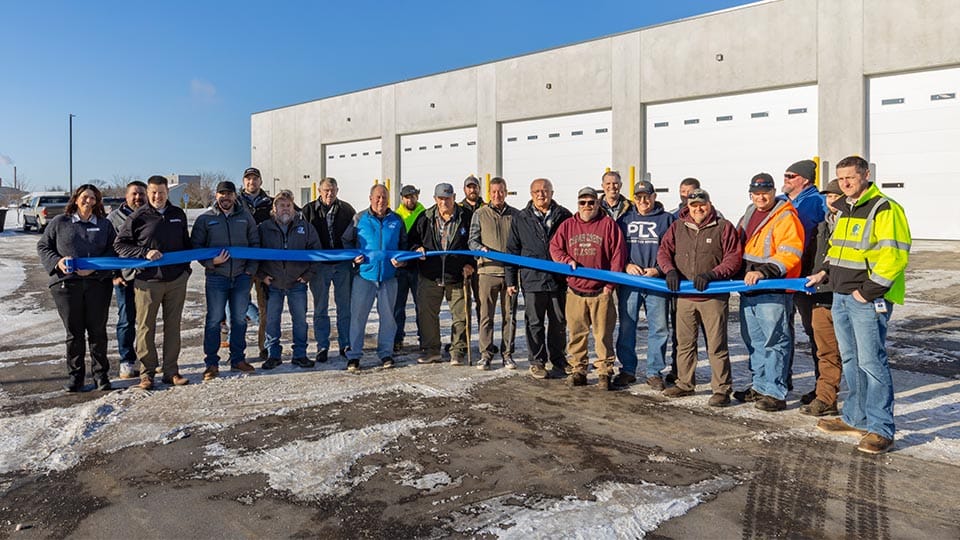The connections among residents, business owners, and municipal leaders are critical to a well-functioning community. The stronger these ties, the more a community will thrive. Landscape architecture can play a key role in developing and enhancing these connections. Thoughtful planning and design can create livable, sustainable, and visually appealing environments that are the heart of a vibrant, thriving community. A thoughtfully created design involves the community in the process, ensuring the resulting landscapes reflect the needs and desires of residents. A community approach can help build a sense of ownership and pride in the town’s public spaces.
Below are some ways landscape architecture can positively influence your community. These can be applied on a small- or large-scale project but will always make a big impact.
10 Benefits of Landscape Architecture
- Community Identity: Landscape architects can help communities define and strengthen their unique identities by designing public spaces, parks, and streetscapes that reflect the town’s history, culture, and values. These distinctive features can attract tourists and instill a sense of pride in residents.
- Aesthetic Improvement: Rural landscapes often have a unique natural beauty. Landscape architects can enhance and preserve this beauty when integrating new developments and infrastructure into the surroundings, ensuring they fit in with the community’s character.
- Improved Infrastructure: Landscape architects can design infrastructure solutions that are efficient, sustainable, and aesthetically pleasing. They work closely with engineers to include landscape planning for roads, bridges, utilities, and stormwater management systems that meet the unique needs of the community.
- Pedestrian and Bicycle Networks: Landscape architects promote and design pedestrian-friendly streets, sidewalks, and bike lanes, making it safer and more convenient for residents to move around without relying solely on cars.
- Environmental Sustainability: Selecting native plants, promoting biodiversity, and using energy-efficient lighting and materials are ways to incorporate sustainable design principles into projects that will make a big impact on our future.

Bruce Mine Headframe concept design in Chisholm, MN. - Economic Development: A well-designed town center or public spaces can attract businesses and visitors, leading to economic development. Landscape architects collaborate with urban planners and local authorities to create environments that support commerce and tourism.
- Accessibility: Ensuring public spaces are accessible to people of all ages and abilities is essential. Inclusive parks, streetscapes, and public spaces are designed for all to enjoy.
- Health and Wellbeing: Access to green spaces and recreational areas in communities can improve residents’ physical and mental health. Working with communities’ parks, trails, and greenways are created that encourage physical activity and provide spaces for relaxation and reflection.
- Habitat Creation: Humans and wildlife can cohabitate with careful planning. Landscape architects strive to design landscapes that support local wildlife by creating habitats and corridors for native species.
- Sense of Place: Through designs, landscape architects work hard to create a strong sense of place on all projects, making them unique and attractive destinations for residents and visitors alike.
Landscape architecture is a versatile discipline that can enhance the livability, sustainability, and attractiveness of a community. By carefully planning and designing the physical environment, landscape architects contribute to the well-being and identity of any community, making it a more vibrant place to live and visit.

_PW%20(4).jpg)



